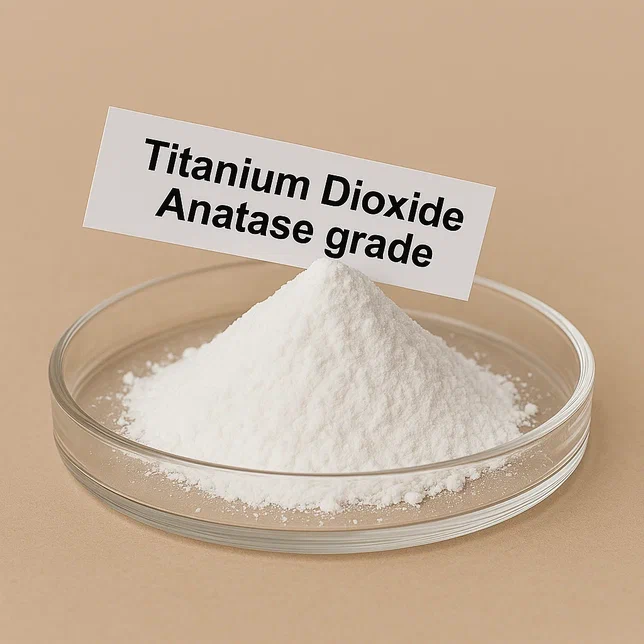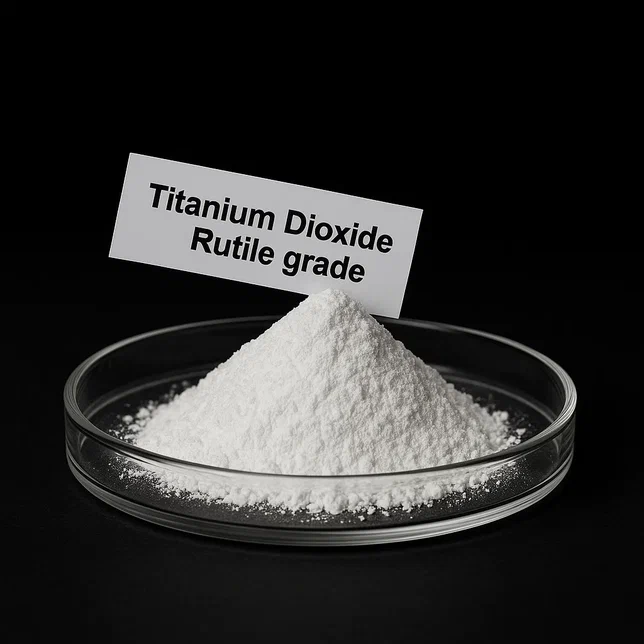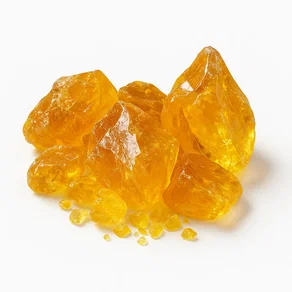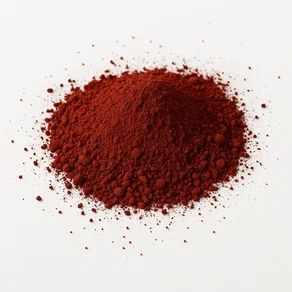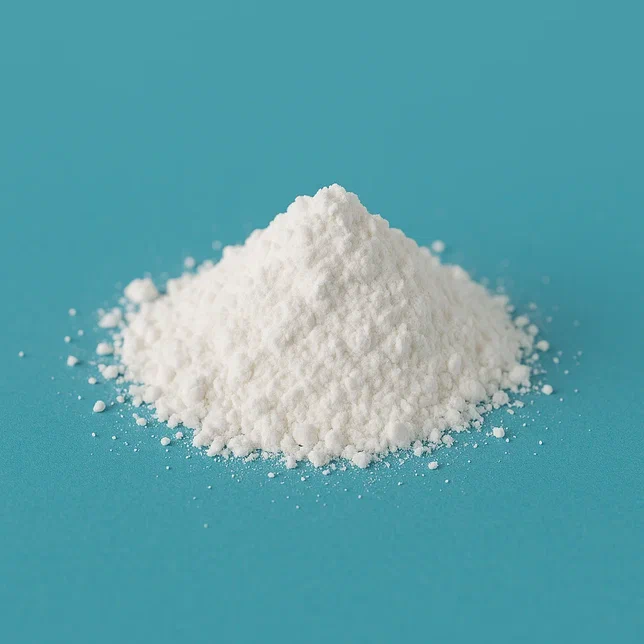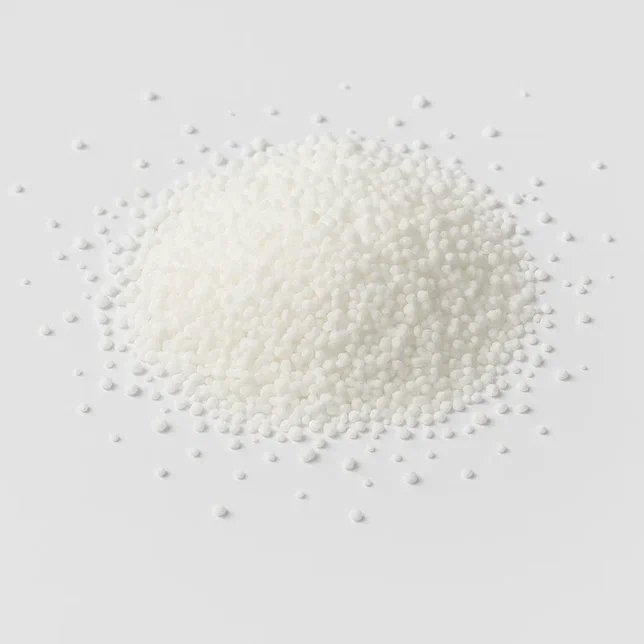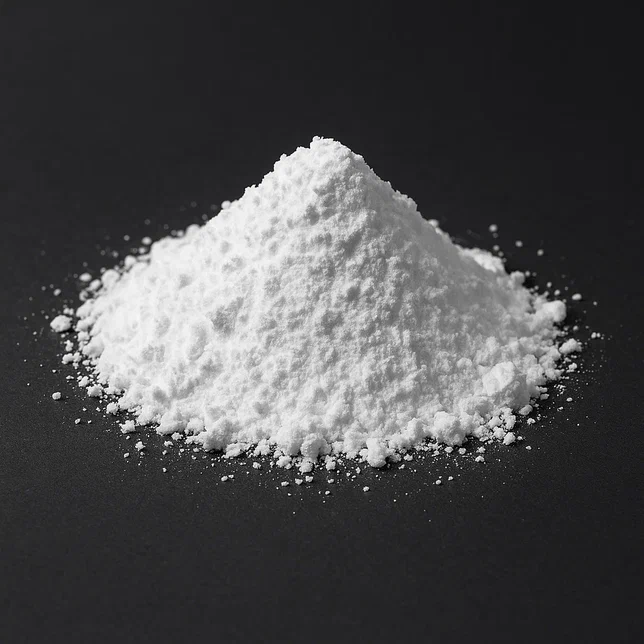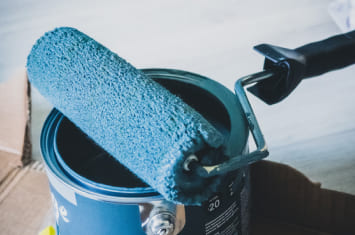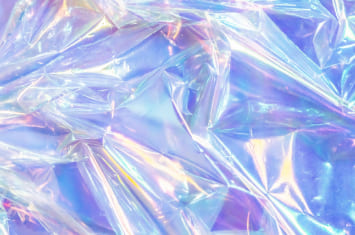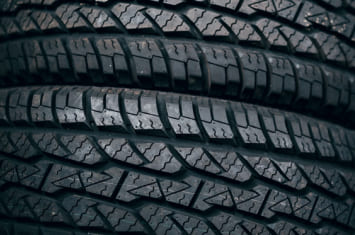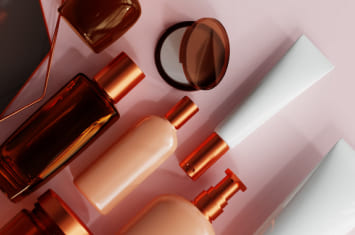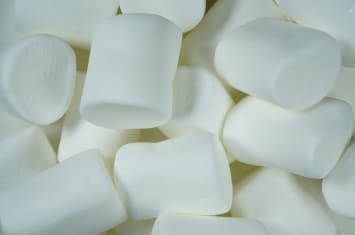Chromic Oxide
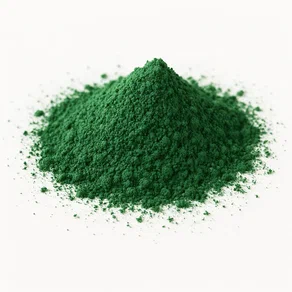
- Description
- Features
- Application
Green chromium oxide is a high-purity inorganic pigment with a rich green shade, characterized by exceptional thermal, light, and chemical resistance. It appears as a fine green powder, insoluble in water and alkalis, and only slightly reactive with acids.
Due to its resistance to aggressive environments and high temperatures, green chromium oxide is widely used in the manufacture of anticorrosion and facade coatings, technical and decorative ceramics, polishing compounds, construction materials, plastics, glass, and metallurgy.
| Characteristic | Value |
|---|---|
| Appearance | Fine powder, rich green color |
| Cr₂O₃ content, % | ≥ 99 |
| Specific gravity, g/cm³ | 5.2 |
| Melting point | ~2435 °C |
| Mohs hardness | 8.5–9 |
| Solubility | Insoluble in water and alkalis; slowly dissolves in hot acids |
| Toxicity | Low (compared to Cr⁶⁺ compounds) |
| Stability | High thermal, chemical, and light stability |
| UV and atmospheric resistance | Excellent |
-
Pigments and paints — used as an inorganic green pigment (Pigment Green 17) in facade, powder, anticorrosive, oil, and ceramic paints. Provides high opacity and lightfastness.
-
Ceramics and glazes — used for coloring ceramic masses and glazes, especially in artistic and technical ceramics.
-
Abrasives and polishing materials — used as part of the green GOI paste (State Optical Institute) for polishing metals, glass, and stone.
-
Metallurgy — used as an alloying additive in refractory and anticorrosive coatings.
-
Construction industry — used in decorative concrete, paving tiles, bricks, and plasters to obtain a stable green shade.
-
Plastics and rubber — added as a heat-resistant pigment that resists fading.
-
Glass industry — used to color glass in bottle green and emerald shades.
Other products
Applications of Titanium Dioxide
The scope of application of titanium dioxide is wide. Titanium is used in most cases
 EN
EN RUS
RUS